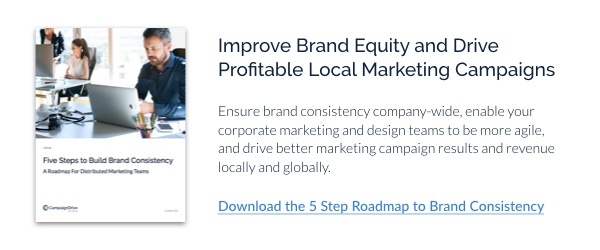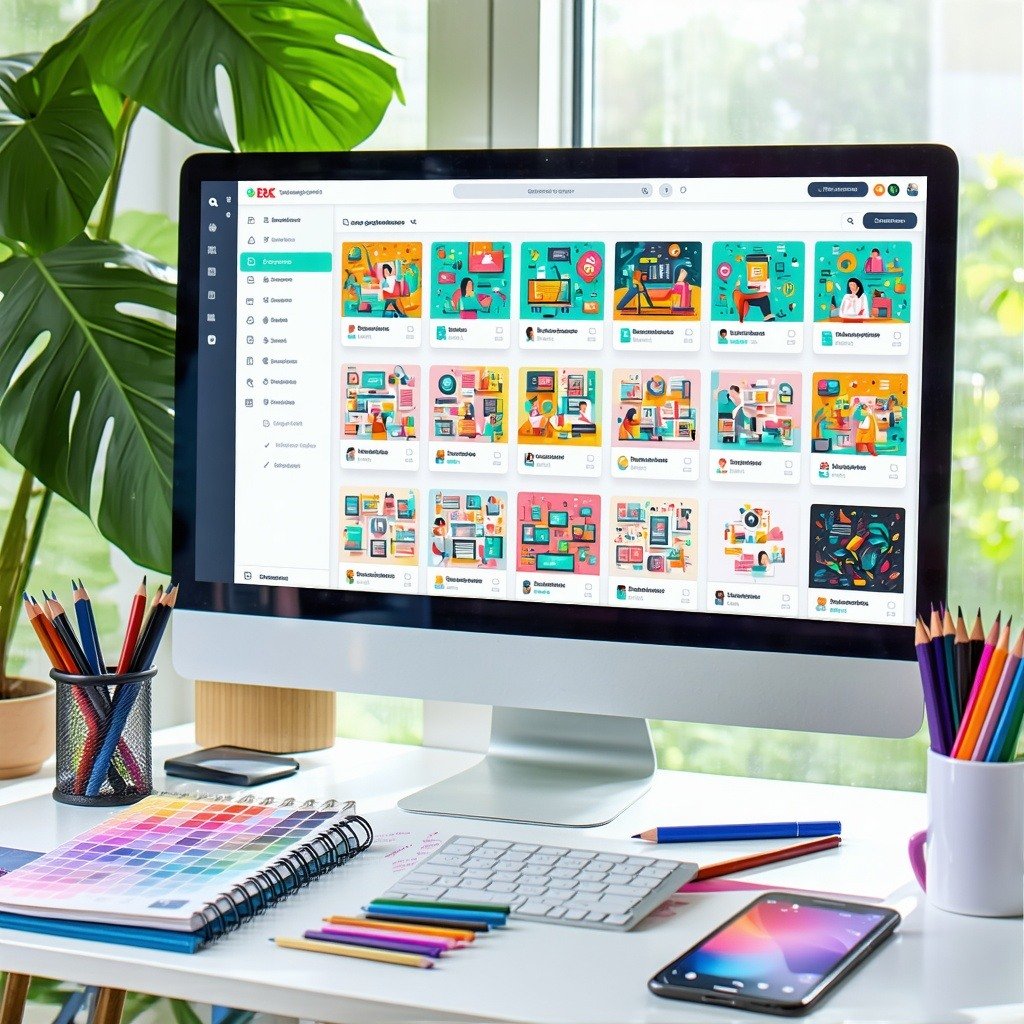Ever wonder why Apple's "intangible assets" are worth an estimated $141 billion? [1]
Brand equity is the value of your customers' perception of your organization. It's the value of your brand's identity, and it's the reason a popular coffee chain can charge a bit more than all the others for seemingly the same product.
Brand equity is ultimately one of the most important parts of a successful company. It’s rare that a company will have a large amount of brand equity and be unable to turn that into a positive financial result. For brand managers at distributed brands, using your local outlets to build and reinforce your brand's equity is important to the overall marketing results and brand success. For local marketers and local outlets, brand equity helps bring an even greater awareness to your marketing efforts, helping to boost your results.
How to Calculate Brand Equity - and Multiply it!
For over twenty years, brand equity has been defined as a company's market capitalization not accounted for with assets, liabilities, revenues, or intellectual property. After a company has priced and deducted everything, the remaining thousands, millions, or billions of dollars is equivalent to the value stored in the brand itself.
Brand equity can be inelastic, meaning it can still be high even if financial performance suffers. Despite its inelastic baseline, it can also outpace growth in real financial terms when a company's outlook is positive (think of the Google or Apple premiums over their revenues during the Dot-com era). Brand equity is therefore tied not to financial results per se, but actually to branding and marketing characteristics and to performance.
In this blog, you'll learn how brand management team members and local marketers should approach balancing brand equity with local marketing to achieve the best results.
How Local Marketers Can Use Brand Equity
1. Know Your Brand's Guidelines
As a local representative or franchisee, adhering to your brand guidelines helps reinforce and build equity; which, in the long run, helps your sales, recognition, and customer loyalty. Creating local marketing that "looks like" your brand allows local marketers to capture the brand equity that already exists. Advertising campaigns and signage that reflect your national organization's commitment to quality, customer service, and other brand promises should be a priority.
When executing local marketing, pay attention to the base framework of your brand's guidelines. This typically includes:
- Logo
- Fonts
- Copy style
- Visual style
When making any modifications to marketing assets, make sure you're maintaining the framework in a way that supports your national brand.
2. Put a Local Spin on National Branding
The definition of successful marketing is when your campaign leaves your customers delighted, engaged, and willing to tell their friends and family about your brand. In an Inc.com article, Kevin Daum writes that the key path to delighting your customer includes:
- Unleashing the unexpected
- Giving them something desirable
- Showing them priority
- Introducing them to your culture
By building on your national brand equity with a local twist, you can work toward delighting your customers. Put your national brand mascot in a hometown jersey before big sporting events. Double down on a nationally-advertised discount, or add a free-gift-with-purchase for a limited time. Local marketers are only as limited as their imaginations!
If your brand is running a highly-visible national campaign, ask your brand manager for assets that complement the national campaign on a local level. Adding localized versions of them to the marketing mix builds trust, recognition, and an emotional connection with the community and brand.
3. Help Innovate
As a local marketer, you're armed with unique knowledge of your customers based on day-to-day interactions. Use this knowledge to help your brand management team create assets that are more in tune with your customers by:
- Creating new marketing materials: If you have in-house or agency design resources to create unique marketing assets or campaigns, use them to capture unique information. Submit these materials for approval at your brand management office.
- Suggest adjustments to brand guidelines: If your brand guidelines are misaligned with your customers, submit suggestions on how standard marketing materials, or guidelines, can be improved.
Your brand needs to remain in sync with customers and understand changing markets. Even the world's biggest brands, like Nike and McDonald's, are constantly undergoing tweaks to stay relevant. As a local marketer, your role should involve maintaining a dialogue about customers with your team, head office, and other local marketers to discover even more ways to create effective localized marketing.
What Do Brand Managers Have to Do?
1. Provide Asset Guidelines
As a brand manager, you can't guarantee that your local marketers will use assets correctly. At the end of the day, people have to make decisions for themselves, and some of these choices will be less-than-perfect. However, by providing guidelines on acceptable use, you can increase the likelihood of compliant, successful local marketing.
If you are NOT using local marketing automation (LMA) technology, provide a PDF file of asset guidelines along with each design file. These should include annotations that show which pieces of the design are meant to be changed, as well as recommendations for editing images, alternate headlines, and other customizations.
While providing an asset guide won't guarantee that your campaigns perform well, it will help local marketers produce something attractive and effective. The only way to ensure acceptable use is with an LMA technology that allows brand management teams to create templates and lock down design elements. Marketing automation technology for distributed brands also enables brand management teams to track the materials being used, how they're customized, and correlate this data with local sales performance.
2. Create the Right Impact
Ultimately, brand equity is built at the brand management level and reinforced by local marketers. With national campaigns and advertising, your role is to reinforce equity that local marketers leverage, build traction, and create localized messaging.
National campaigns should provide customers an incentive to visit a local outlet. Help your local marketers capitalize on business opportunities by providing templates for local campaigns that they can use to echo national messaging in a localized way.
Distributed Marketing to Drive Better Brand Equity
Developing brand equity allows your organization to create loyalty, drive awareness, and develop positive associations in the mind of the customer. Both local marketers and brand managers should work to strengthen the value of their brand through national campaigns, local marketing assets, and campaign executions.
Combining national brand equity and local relevance in your marketing enables distributed marketers to delight customers. Successful distributed marketing allows your organization to protect, and build upon brand equity, boosting business and results for the entire organization from head office to local outlet.
Sources:






